Securiguard: Leading the Way
As our world grows more complex, the imperative to secure our workplaces, and public spaces becomes ever more critical. Securiguard is rising to these challenges by redefining traditional security measures and one such way is ensuring the use of Crime Prevention Through Environmental Design (CEPTED).
Unpacking Security through CPTED principles uses the application of a multidisciplinary approach to deterring criminal behavior through environmental design. It considers a wide array of factors such as strategic landscape design, natural surveillance, territorial reinforcement, access control, and regular maintenance. The aim? To transform any space into an area less attractive to potential criminals and more secure for those who live or work there.
Key to CPTED’s effectiveness is its deep understanding of the psychology and decision-making processes of potential offenders. Recognizing that criminal acts are not random, but choices made based on perceived risks and rewards, CPTED influences these decisions by manipulating environmental factors, increasing the perceived risks, and decreasing the potential rewards associated with criminal behavior.
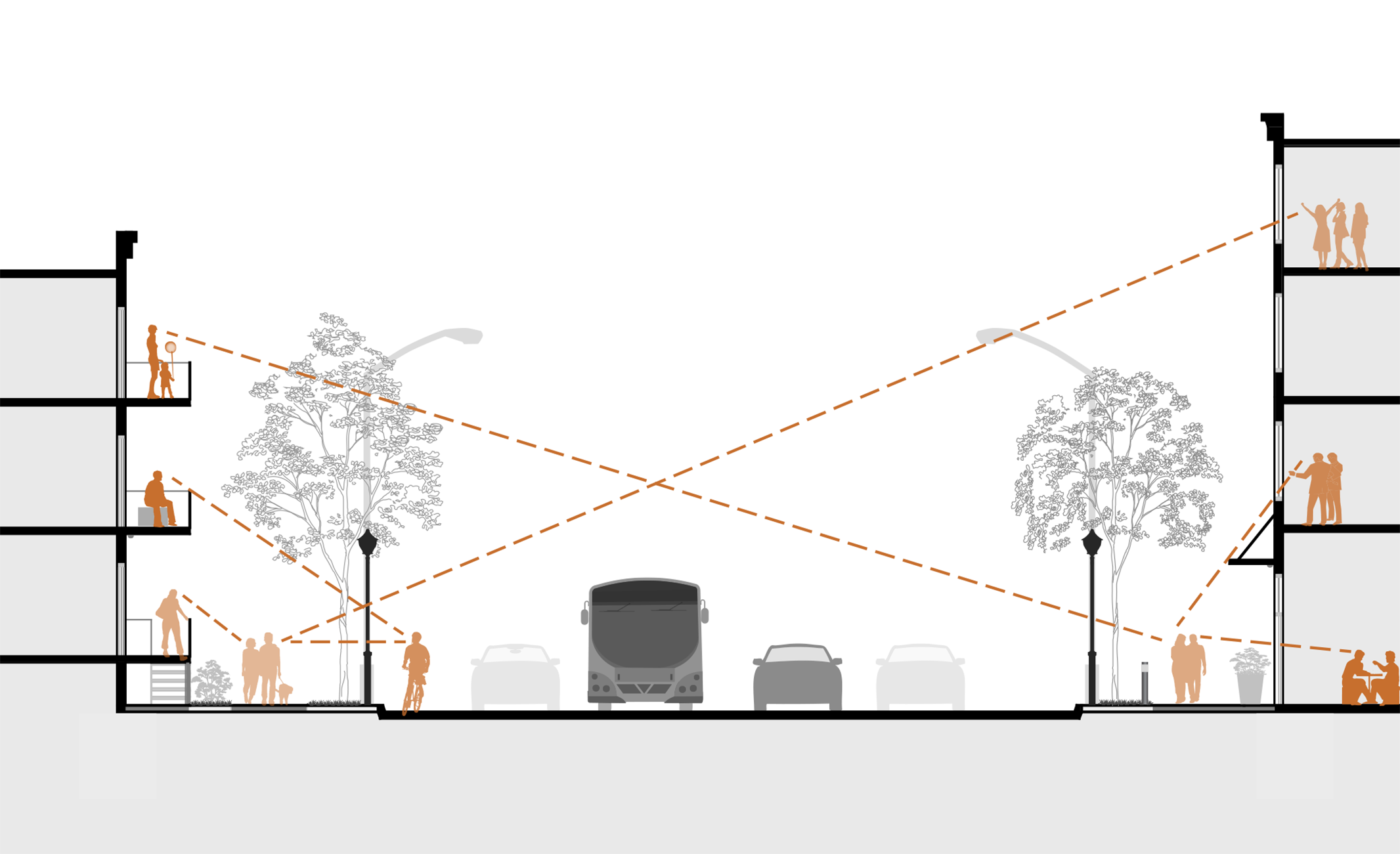
Natural Surveillance: Seeing and Being Seen
At the heart of natural surveillance is the understanding that potential criminals fear being seen. They don’t want to be caught in the act. By maximizing visibility in an area, natural surveillance increases the perceived risk of detection, thereby acting as a powerful deterrent.
Application: To implement natural surveillance, consider how visibility can be improved in your environment. Ensure that you trim trees and shrubs to avoid providing hiding spots for potential intruders. Ample exterior lighting around entrances and exits, along with see-through fencing rather than solid barriers, can also increase visibility and thus the sense of being watched.
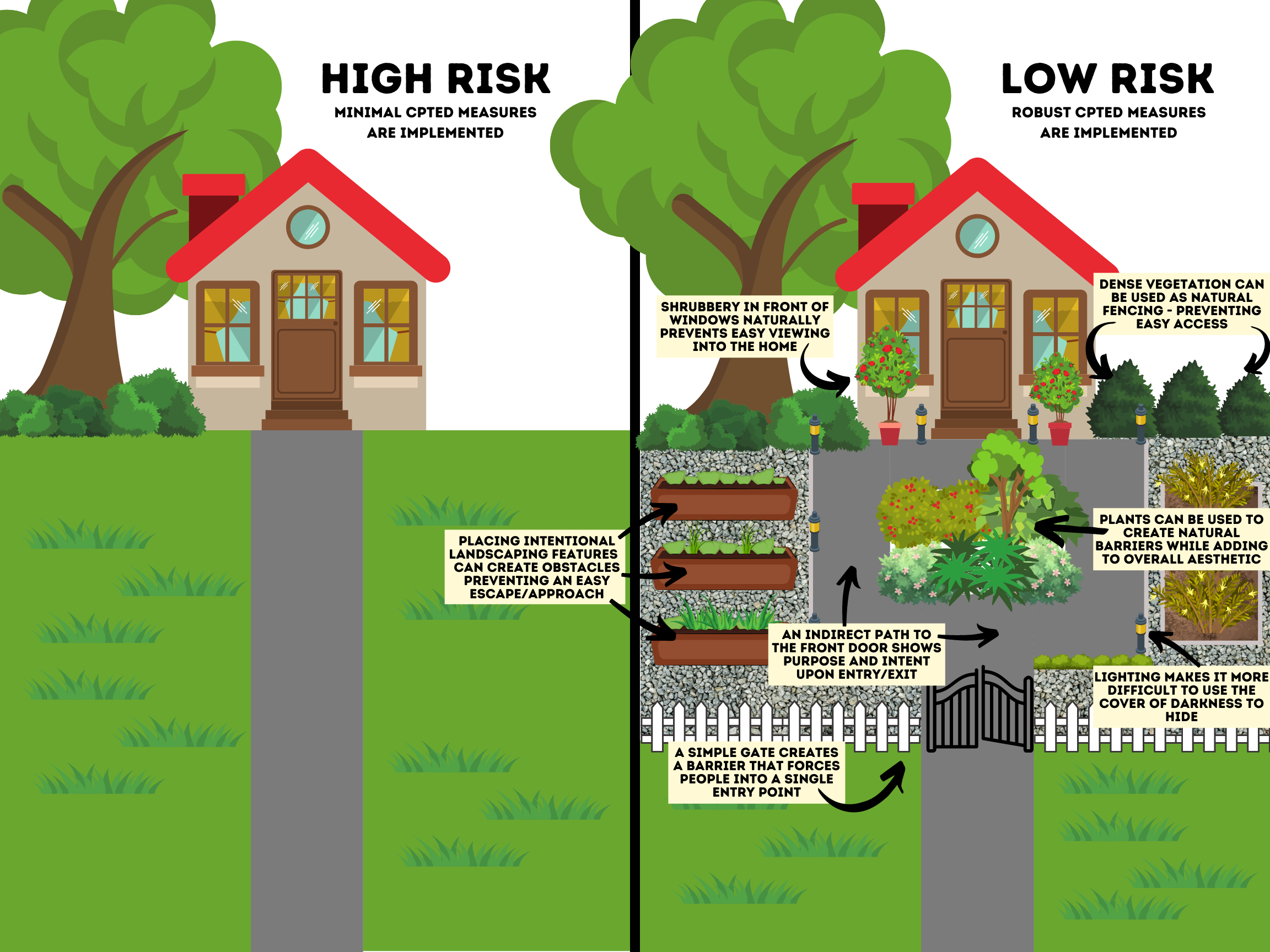
Territorial Reinforcement: Defining Boundaries
Territorial reinforcement leverages the psychology of ownership and the instinct to protect what’s ours. Spaces that clearly signal ownership and active use discourage potential criminals who are more likely to target areas that appear neglected or unused.
Application: To apply territorial reinforcement, delineate clear boundaries and ensure your property appears occupied. Place signage on your property indicating that your facility is under 24/7 surveillance. Use landscaping elements like flower gardens or structural elements like decorative fencing to subtly mark property boundaries.
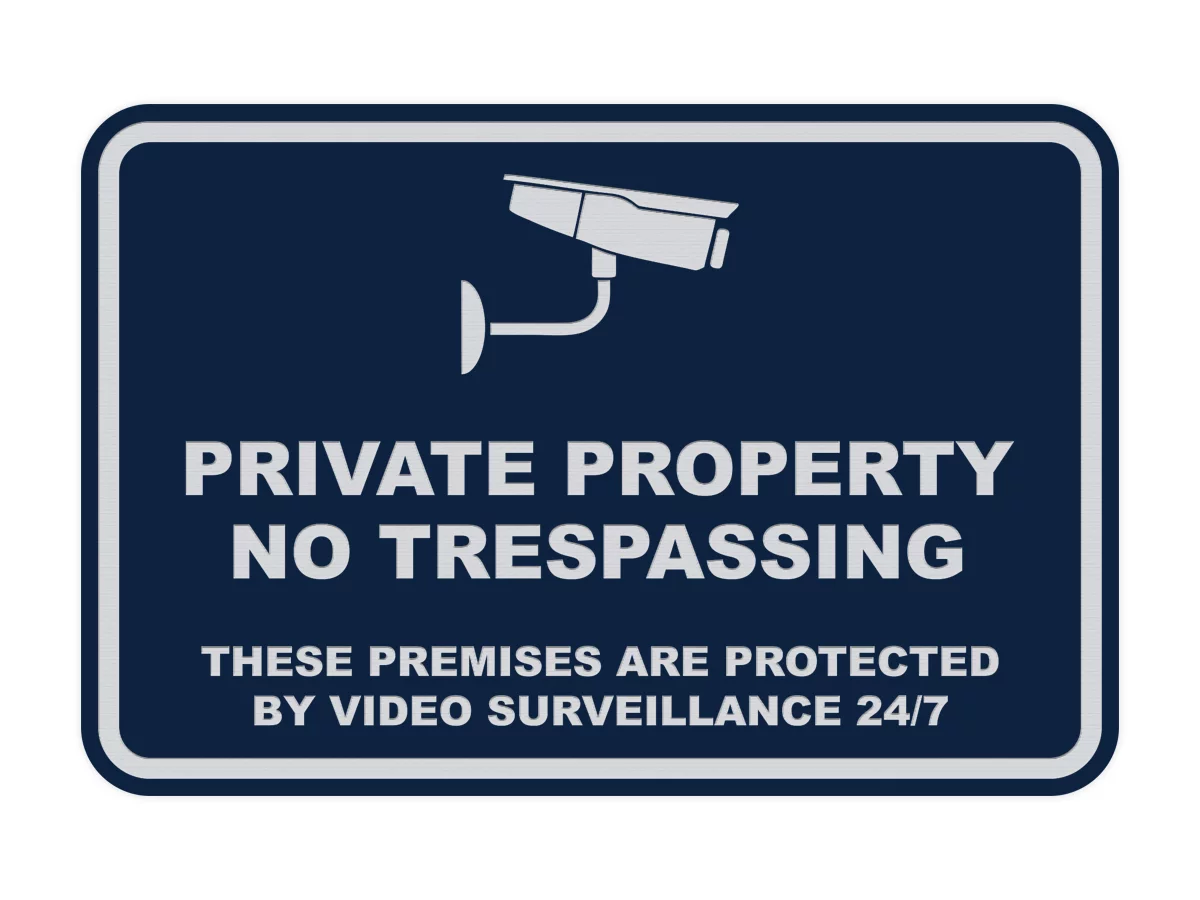
Access Control: Creating Barriers and Guiding Movement
Access control plays on potential offenders’ preference for easy targets — those with few barriers to entry and escape. By carefully controlling access points and guiding movement within a space, access control increases the perceived difficulty and risk of committing a crime.
Application: For effective access control, consider all potential access points. Make sure doors and windows are secured when not occupied and consider upgrading locking hardware and ensure proper functionality for additional security. Also, guide the flow of movement on your property with well-placed landscaping elements or lighting. For instance, a well-lit pathway leading to a front entrance may discourage potential intruders from approaching less visible areas.
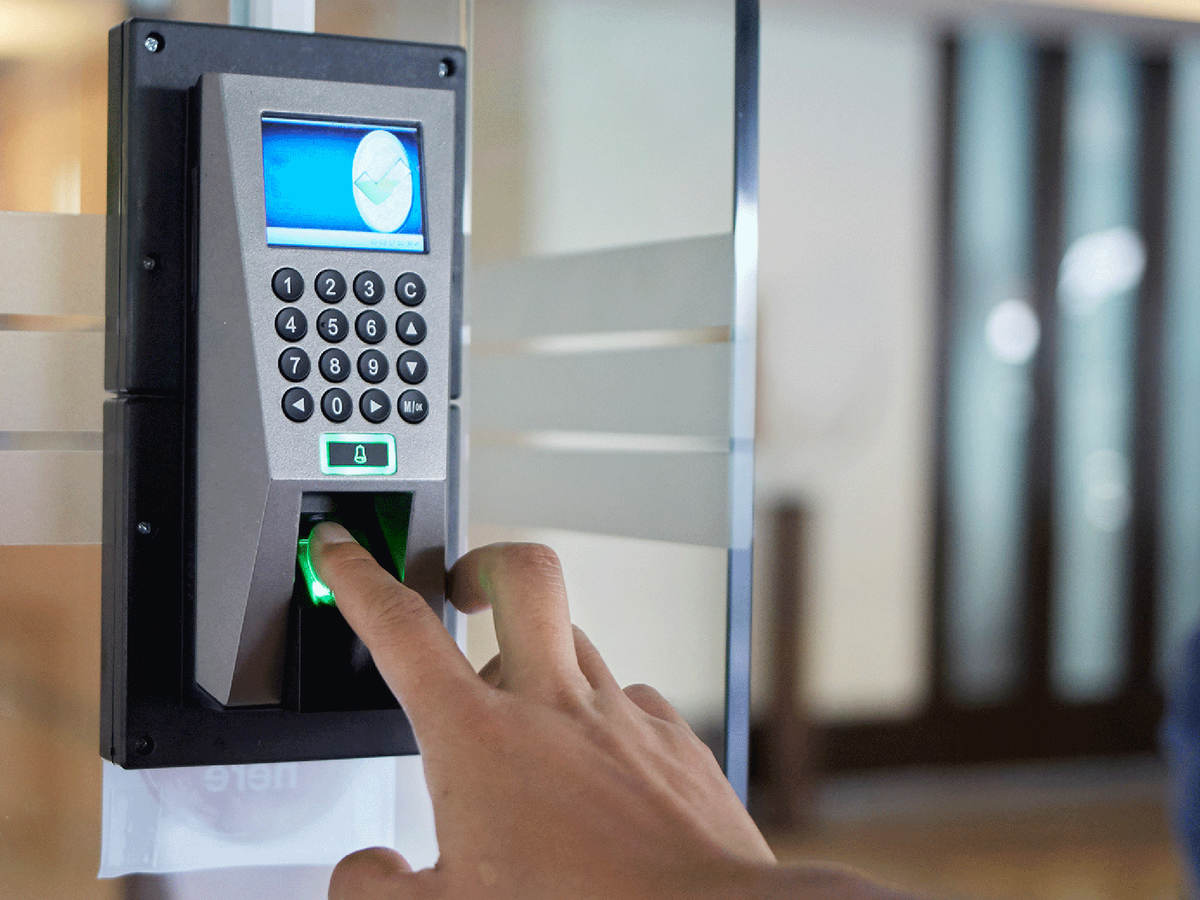
Regular Maintenance: Sending Signals of Presence
Regular maintenance sends strong signals of active presence and ownership, subtly influencing a potential offender’s perception of a property. A well-maintained property communicates vigilance and care, reducing the perceived opportunity for crime.
Application: Regular upkeep, such as trimming vegetation, mowing the lawn, and promptly repairing any broken windows, doors, or lighting fixtures, sends a powerful message of active ownership. Address any signs of disorder, such as graffiti or broken windows, swiftly to maintain an environment less conducive to crime. Proper maintenance also includes ensuring your property is well maintained and clean, including your parkades and stairwells.
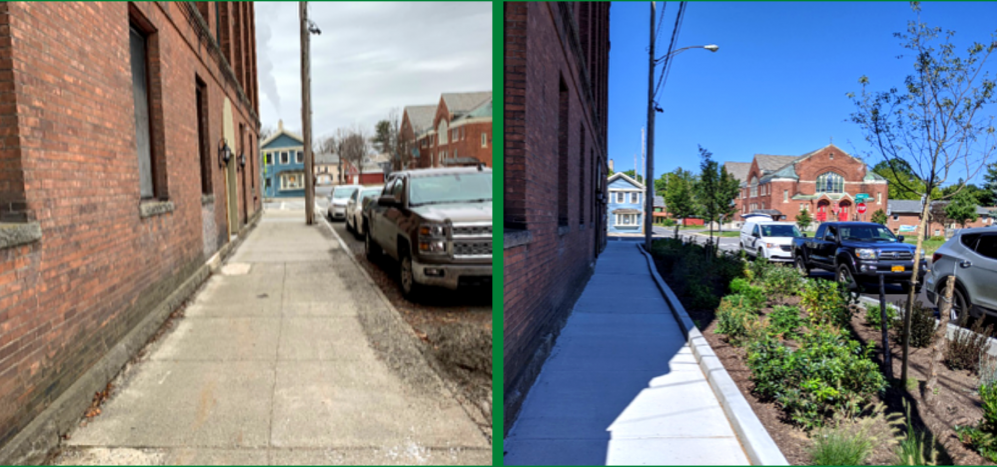
The Securiguard Difference: A New Era of Security
At Securiguard, we leverage our understanding of potential offender psychology to shape our security solutions. By integrating the principles of CPTED into our methodology, we create environments that are inherently resistant to crime.
Our approach starts with a comprehensive environmental assessment to identify potential vulnerabilities. From there, we design bespoke security solutions that not only address these vulnerabilities but also proactively shape the environment to deter criminal behavior.
Our sophisticated security solutions blend cutting-edge technology with the principles of CPTED. For instance, we use smart lighting technology, which can detect movement and adjust lighting levels accordingly. This technology can create patterns of illumination and shadow that discourage potential intruders by increasing their perceived risk of detection.
Similarly, we employ advanced access control systems, from smart locks to biometric systems, to ensure that only authorized individuals can enter your property. Additionally, our security cameras, equipped with facial recognition and machine learning algorithms, provide intelligent surveillance, adding an extra layer of protection. These are just a few examples that can be deployed to develop tailored security solutions for your property.
Securiguard is also pioneering the use of AI in security. For example, predictive analytics can analyze historical crime data in conjunction with real-time data from environmental sensors to anticipate potential security threats. By identifying patterns and trends, these systems enable proactive responses to potential risks, further enhancing security.
At Securiguard, we’re not just responding to the challenges of today’s security landscape. We’re proactively shaping the future of security, providing peace of mind in a complex world. The application of Crime prevention through Environmental Design principles isn’t just a concept—it’s a philosophy that we live by, shaping safe and secure environments where people can thrive.

